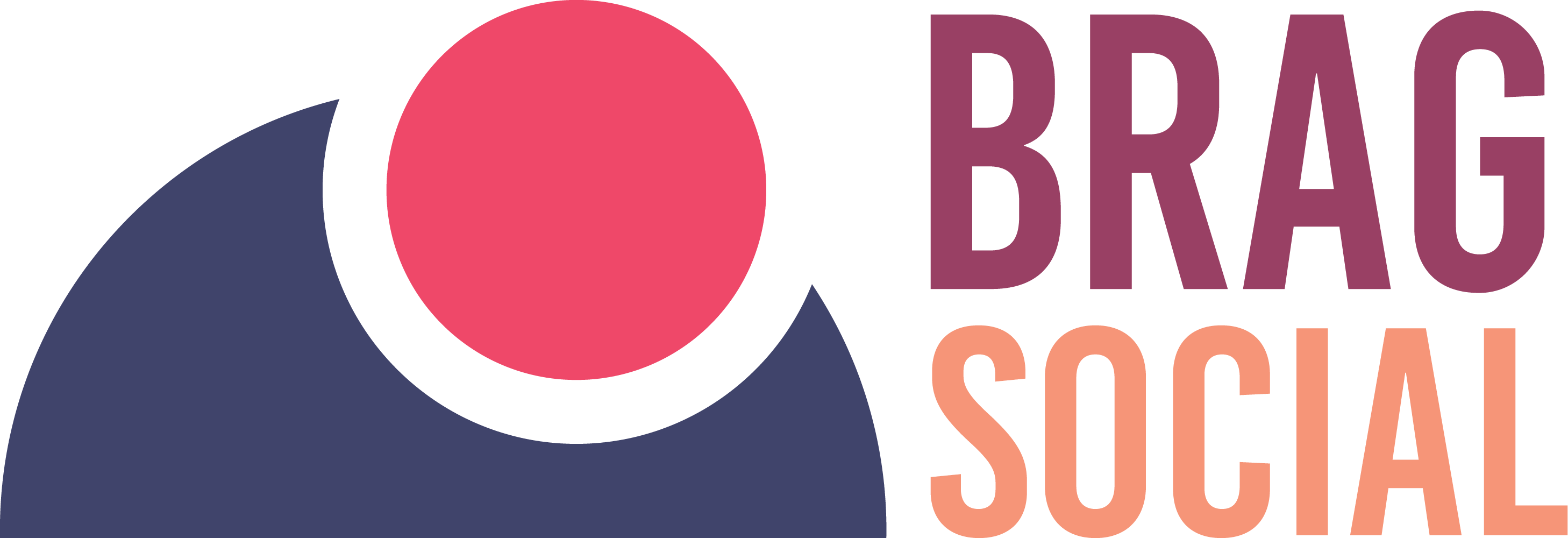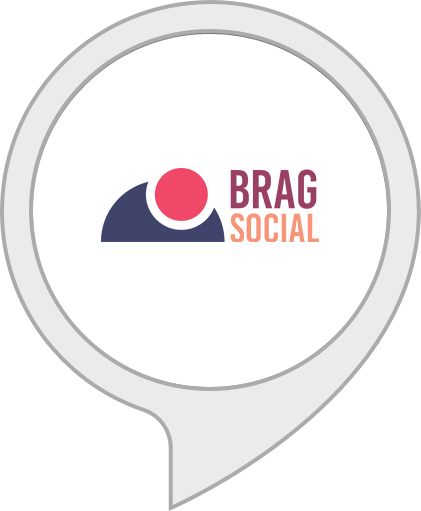
With the advent of social media and the overwhelming publicity of perfectionism, there has been a rise in body image issues. While body image issues of women are known. Many individuals are still unaware of men’s body image issues and their insecurities. There is always this stereotype that men do not face the pressure to look a certain way. However, it is not the scenario anymore.
To test this, psychiatrists at UCLA conducted research. The results showed that people feel worse about the way they look in current times. More than what was the case back in the 1970s. There was the mention of the fact that 90% of males in middle and high school hit the gym with the focus of “bulking up”.
THE BODY IMAGE ISSUES THAT MEN GO THROUGH
Social media and even advertisements, magazines, etc. often portray men in a certain way. In most cases, men are muscular with chiseled abs, lean and strong. They are also considerably tall with a sharper jawline. It not only focuses on their body but there is significant limelight on their facial looks as well. Sharp jawline, darker eyebrows, large eyes are considered desirable. This gives rise to body image issues among men. They feel the strain to look a certain way. Because media highlights all these features, people, in general, might begin to feel insecure if they do not look the way.

Source: Pinterest
Yet, these are not the only issues that they face. Men’s body image issues go beyond this. That is to say, there are several other concerns as well. This involves hair loss, height, and skincare concerns. These factors affect them as much as other characteristics. For instance, the stereotype that tall men are more attractive. Even though, in reality, it might not be the case. Nevertheless, men who are not tall might have less confidence in themselves. Even if they have a high intellectual level or are smart, they will not be as confident because the media rarely focuses on these aspects. This lack of confidence in turn might also lower their self-esteem. Thus, there are psychological impacts too.
WHAT ARE THE IMPACTS?

Source: Pinterest
Body image is more about the perception of one’s physical characteristics than what it is. Thus, a poor body image is linked to over-exercising, mental health issues like depression, anxiety, and low self-esteem. It can also lead to eating disorders like Orthorexia Nervosa. It refers to a rigorous obsession with healthy eating. Here the obsession is not with the quantity but the quality of food. The focus is not to lose weight. There is the obsession with staying fit and this results in an uncanny fixation with the “purity” of food. Consequently, men who want to look fit might suffer from this. The peer pressure among boys to be steady and tough can lead to orthorexia in adult life.
To deal with the body image issues men might begin to over-exercise and start a rigorous diet. They might also begin to spend an unhealthy period in training centers. This is known as exercise dependence. This results in a further obsession with how one looks rather than one’s actual health. Subsequently, men might also indulge in steroid abuse. Young men and those lifting heavyweight, even athletes are at a higher risk of this. They might begin to use steroids frequently to promote the development of muscles and reduce fat. This has major health consequences. This includes the risk of high blood pressure, water retention, or swelling. Low level of resistance to infections as well.
HOW TO DEAL WITH BODY IMAGE ISSUES?
REMINDING ONESELF ABOUT SOCIAL MEDIA FILTERS:
The first and foremost thing to do is to remember that everything circulated on social media is filtered. Media portrays or rather highlights everything perfectly. However, in reality, it is not the way things function. What one perceives as flaws may not be flaws. Besides, body image is always more about perception than the actual body type.

Source: Pinterest
PERCEPTION:
The belief system plays an important role here. If an individual assumes that he lacks something and only fixates what he presumes to be a flaw. Then that individual may not have high self-esteem at all. That might become the reason for unstable social relations. Not the perceived flaws. Thus, individuals must be confident and accept their physical characteristics.
BEING AWARE OF THE ROOT CAUSES:
Most men who suffer from body image issues, probably have it because they were made to feel bad about it. Chances are there that they were made fun of during childhood or school years. Peer pressure is another factor. Boys and men are often expected to be tough. They are not given much space to express themselves. Thus, individuals have to acknowledge the primary reasons for their esteem issues. Once, they are honest to themselves. They can work on their esteem and confidence. Find out their strengths.
UNDERSTANDING THE PURPOSE OF EXERCISE:
The main purpose of the exercise is to stay fit. While there is nothing wrong with exercise, overdoing it will have negative health impacts. Thus, individuals must be aware that exercise is to stay healthy. Overdoing it might make one feel better for a short while. Although in the long run there will be side effects. It can affect both physical as well as mental health. Steroids have severe health effects too. Hence, people must be aware of it.
CONCLUSION:
To conclude, body image issues affect all genders. However, men may not get the space or chance to openly communicate about it. It affects them in various ways too. Therefore, the best way to deal with it is, to be honest, and then accept oneself. Men have to focus on their strengths. Communicate about it. Seeking professional help such as counseling too is another way to deal with esteem issues. However, one must always remember that nothing is as perfect as it appears to be. It is important to have an individual identity and be resistant to the influence of societal expectations. Also, we need to make space for men. So that they get a chance to open up and deal with their issues. It is equally significant to remember that there is no harm in exercise. However, it must be done to lead a healthy lifestyle, not to meet societal standards.
To read more click here.
Image source: http://Pinterest.com





